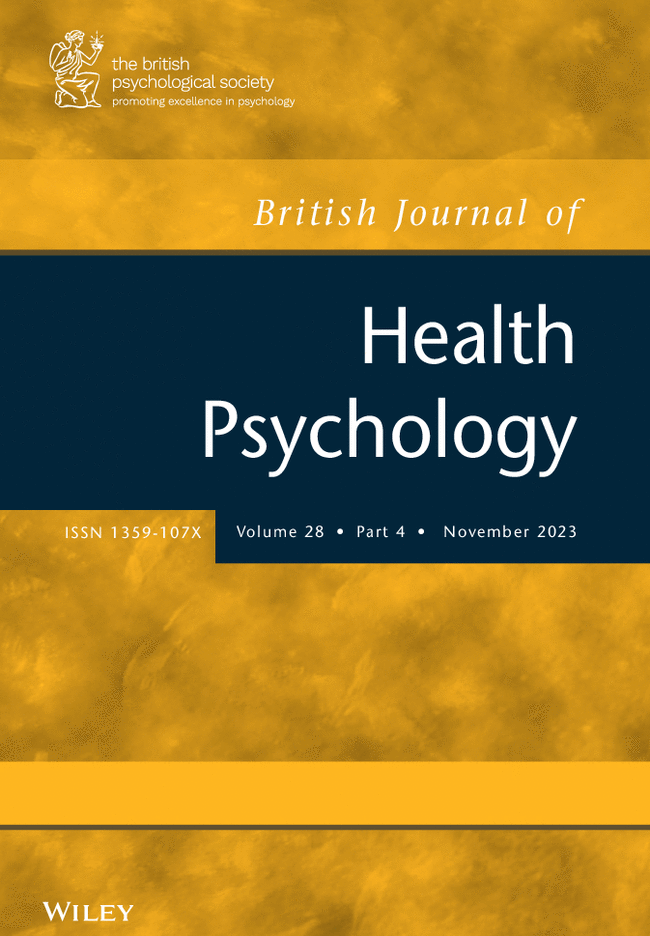The effects of communicating illness diagnostic and treatment information and C-reactive protein test results on people's antibiotic expectations
Abstract
Objectives
Patients' expectations for antibiotics are among the strongest predictors of clinicians' decisions to overprescribe antibiotics. In this registered report, we used a signal detection theory framework to investigate the experimental effects of the communication interventions that family physicians can use to reduce patients' diagnostic uncertainty, and consequently, their antibiotic expectations.
Methods
UK participants (N = 769) read hypothetical consultations for respiratory tract infections and were randomly assigned to one of three conditions: standard information (control), recommended information about the nature of the illness and antibiotic efficacy (recommended communication) or recommended information accompanied by point-of-care test results (recommended communication and CRP). Using a multilevel Bayesian probit regression, we estimated both decision bias (criterion) and sensitivity (d-prime).
Results
Aligned with our bias hypotheses, participants displayed a more liberal antibiotic bias in the control condition compared to both the recommended communication (Δc = −1.34, 95% CI [−1.57, −1.11]) and the recommended communication and CRP (Δc = −1.73, 95% CI [−1.99, −1.48]) conditions. They also showed greater liberal bias in the recommended communication condition compared to the recommended communication and CRP condition (Δc = −0.39, 95% CI [−0.65, 0.13]). Aligned with our sensitivity hypotheses, participants displayed significantly higher sensitivity in both the recommended communication (Δd' = 2.34, 95% CI [1.92, 2.79]) and the recommended communication and CRP (Δd' = 2.49, 95% CI [2.08, 2.95]) conditions compared to control.
Conclusions
Simple, evidence-based communication strategies—particularly when combined with diagnostic test results—can reduce antibiotic expectations, offering practical tools for clinicians to support appropriate prescribing.




 求助内容:
求助内容: 应助结果提醒方式:
应助结果提醒方式:


